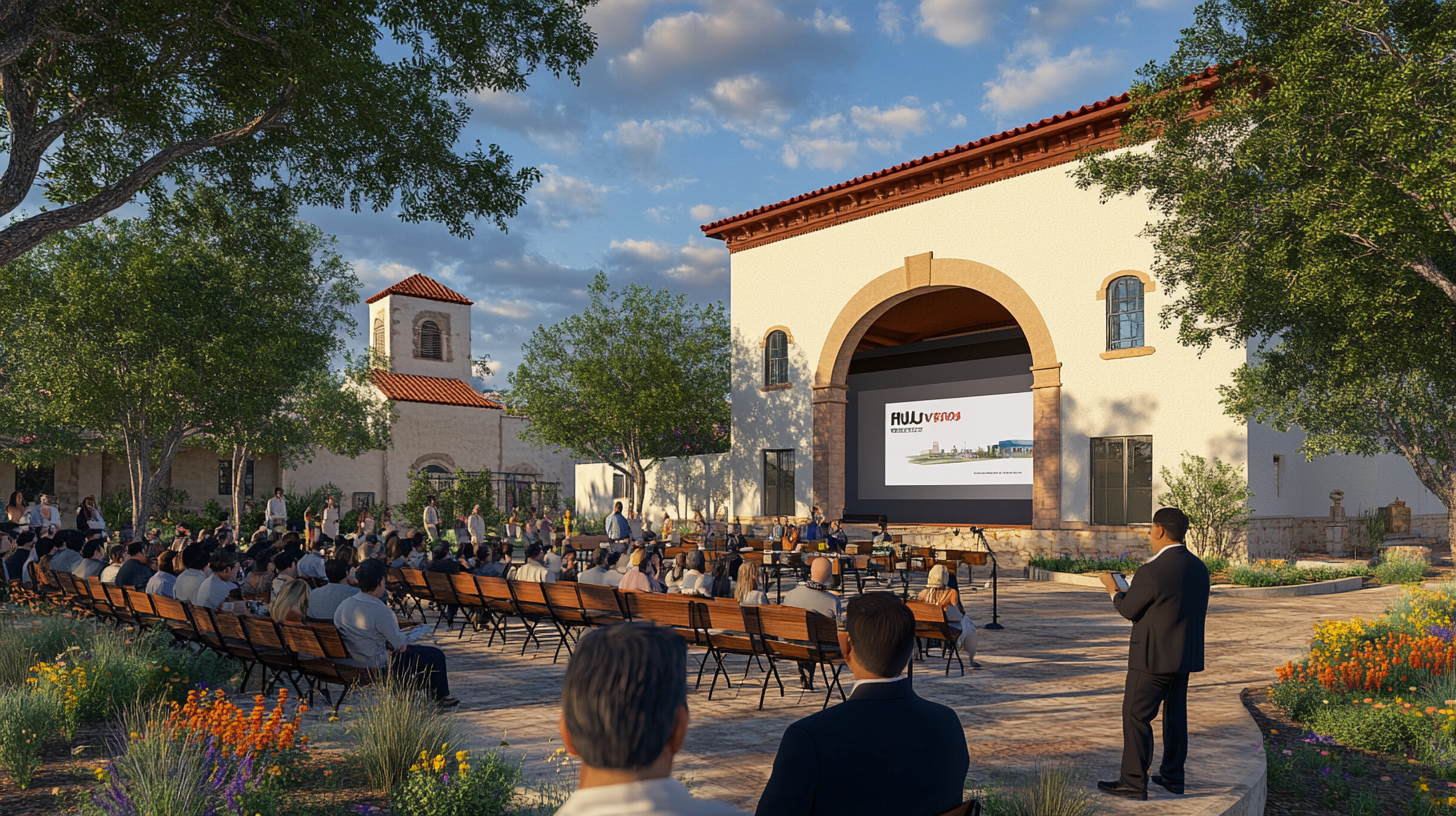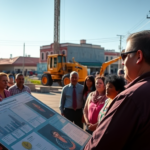Sepulveda Provides Key Update on FM 509-BUS 77-FM 508 Project: A Boost for Rio Grande Valley Transportation
At a recent meeting of the South Texas Manufacturers Association, Pete Sepulveda, Executive Director of the Cameron County Regional Mobility Authority (CCRMA), unveiled exciting updates on a major infrastructure initiative that promises significant enhancements for the Rio Grande Valley’s transportation network. The FM 509-BUS 77-FM 508 project, with its ambitious proposal to widen a critical road section, stands as a testament to local efforts aimed at fostering improved connectivity and economic growth in the region.
Project Details: Expanding to Meet Growth
The focal point of Sepulveda’s presentation was the comprehensive plan to convert the existing two-lane road, spanning from Business 77 in San Benito and Harlingen to FM 508 near the Port of Harlingen, into a four-lane urban roadway. This transformation includes the addition of a center turn lane and shoulders, spanning a 6.85-mile stretch, using the existing right-of-way. This enhancement aims not just at accommodating current traffic but also at facilitating future growth and development in the area.
Sepulveda highlighted the crucial collaborative efforts with Texas Department of Transportation (TxDOT) and the City of Harlingen. “This project is a significant development for Harlingen and San Benito,” Sepulveda remarked. “By partnering with TxDOT and Harlingen, we’re laying down the groundwork with necessary environmental documentation to push this project forward.”
Collaborative Efforts and Funding Challenges
The project partially relies on funding from TxDOT, with ongoing discussions aimed at securing necessary additional financing. Sepulveda stressed the importance of continued collaboration, noting that while initial funds from TxDOT begin the process, comprehensive financial support remains vital for successful completion.
Funding complexities aren’t new when it comes to large-scale infrastructure projects in the Rio Grande Valley (RGV), but they underscore a persistent dedication to enhancing local conditions. At a time when urban areas like Harlingen and San Benito are experiencing population growth, enhancing transport routes is not just beneficial but necessary for maintaining momentum in regional development.
Local Impact and Community Interest
For Valley residents, the impact of this road expansion project is anticipated to be substantial. By improving local and interstate road connectivity, the project aims to streamline traffic flow significantly and reduce congestion, thereby improving daily commutes for thousands. Moreover, the infrastructural improvements could provide a stimulus for local businesses and economic activity by improving access and egress routes for consumers and goods.
Local business owners like Jaime Alvarez, whose family operates a logistics company in Harlingen, are optimistic. “Easier access to the Port of Harlingen means more efficient routes for our operations, and that directly translates to cost savings and better service for our clients,” Alvarez explained.
Linking to Past Efforts and Future Perspectives
The FM 509-BUS 77-FM 508 project connects to ongoing regional transportation goals observed frequently in the RGV. Similar initiatives, like the recent updates on Harlingen Rail Improvements, reflect a larger strategy to modernize and expand the Valley’s infrastructure footprint, addressing long-term community needs as population and economic activities grow.
Looking ahead, community leaders like Harlingen Mayor Chris Boswell are keen to see these developments realized. “Projects like this are more than just roads; they’re pathways to opportunity for our residents and businesses,” Boswell stated. “We are building the foundation for the Valley’s future, ensuring we’re ready for the demands of tomorrow.”
Challenges and Diverse Perspectives
While the project is generally greeted with enthusiasm, balanced reporting necessitates acknowledgment of potential challenges. Some community watchdog groups express concerns over the environmental impact of widening roadways and the potential disruption during construction. Environmental reviews are crucial steps, ensuring that any adverse effects are identified and mitigated appropriately to preserve the Valley’s unique ecosystem.
Despite these concerns, there remains overwhelming consensus on the fundamental importance of road improvements for economic sustenance. By involving the community in progress consultations and addressing queries transparently, the CCRMA sets a model for effective public engagement amid infrastructural transitions.
Community Engagement and Resources
As the project advances, continued communication with Valley residents is essential. The CCRMA, along with project partners, plans to provide regular updates via public community meetings and an informational portal available on their website. These sessions will offer a platform for residents to ask questions and provide input, ensuring the project reflects the area’s shared vision.
In conclusion, the FM 509-BUS 77-FM 508 project stands as an ambitious undertaking poised to bolster the Rio Grande Valley transportation landscape. With its blend of strategic planning, collaboration, and community engagement, the initiative encapsulates the spirit of progress driving the Valley forward. Whether for increased connectivity, economic growth, or improved quality of life, this project marks a pivotal step in shaping a brighter future for the RGV.







